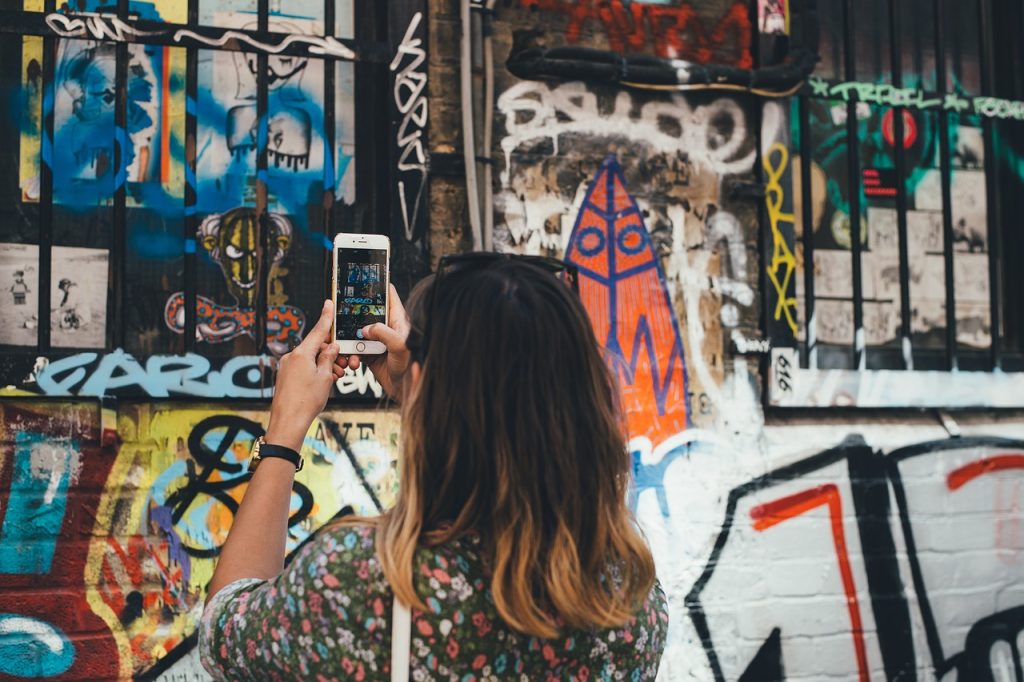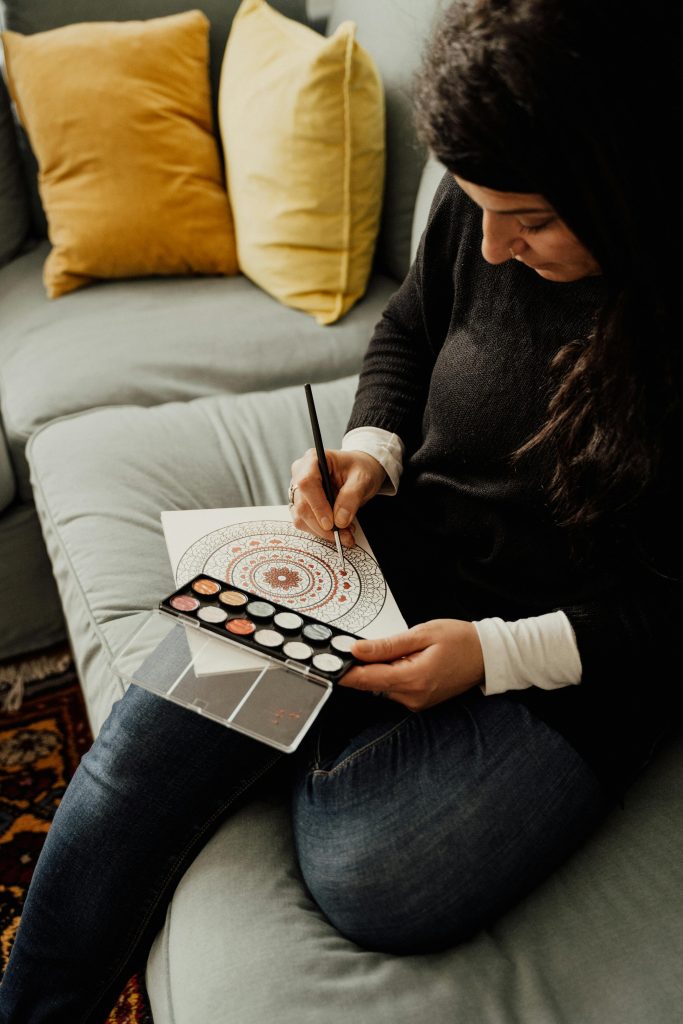Table of Contents
Creativity is often celebrated for its artistic and innovative expressions, but its impact extends far beyond the realms of painting, writing, or music. Emerging research and anecdotal evidence increasingly highlight creativity’s significant role in promoting overall well-being. From enhancing emotional health to improving cognitive function, creativity contributes to a more fulfilling and balanced life. This article delves into the various ways creativity benefits well-being and explores practical strategies for incorporating creative practices into daily life.

Enhancing Emotional Health
- Stress Reduction: Engaging in creative activities can significantly reduce stress. Activities like painting, drawing, or playing a musical instrument provide a means of relaxation and distraction from daily pressures. Research published in Art Therapy: Journal of the American Art Therapy Association found that engaging in art-making activities can lower cortisol levels, a hormone associated with stress.
- Emotional Expression: Creativity allows individuals to express complex emotions that may be difficult to articulate verbally. Writing, painting, or performing can serve as an outlet for expressing feelings of sadness, joy, or anger. This emotional expression can lead to greater self-understanding and emotional release, contributing to improved mental health.
- Mood Enhancement: Creative activities have been shown to elevate mood and foster positive emotions. Participating in creative endeavors can stimulate the release of dopamine, a neurotransmitter associated with pleasure and reward. Studies have demonstrated that engaging in creative activities can lead to increased feelings of happiness and satisfaction.
Boosting Cognitive Function
- Enhanced Problem-Solving Skills: Creativity involves thinking outside the box and approaching problems from different angles. This process enhances problem-solving skills and cognitive flexibility. Research in Creativity Research Journal highlights that creative thinking can improve cognitive function by encouraging novel solutions and innovative approaches to challenges.
- Increased Brain Connectivity: Engaging in creative activities stimulates various areas of the brain, leading to increased connectivity between different neural networks. Studies using functional MRI imaging have shown that creative tasks activate brain regions associated with executive function, memory, and emotional regulation.
- Cognitive Resilience: Creativity contributes to cognitive resilience by promoting mental adaptability and flexibility. Engaging in creative pursuits can help individuals navigate changes and challenges more effectively, fostering a sense of mental agility and resilience.
Promoting Psychological Well-Being
- Sense of Purpose: Creative endeavors often provide a sense of purpose and meaning. Pursuing creative passions and projects can give individuals a sense of accomplishment and fulfillment. The process of creating something unique or meaningful contributes to a greater sense of purpose and satisfaction.
- Self-Esteem and Confidence: Completing creative projects can boost self-esteem and confidence. Successfully bringing a creative idea to fruition provides a sense of achievement and reinforces self-efficacy. This enhanced self-esteem contributes to overall psychological well-being and a positive self-image.
- Mindfulness and Presence: Creative activities often require individuals to be fully present and engaged in the moment. This mindfulness aspect of creativity can reduce anxiety and promote relaxation. The focus on the creative process allows individuals to experience flow, a state of complete immersion and concentration that fosters a sense of calm and well-being.

Fostering Social Connections
- Community and Collaboration: Creative activities often involve collaboration and social interaction. Participating in group art projects, music ensembles, or writing workshops provides opportunities for social engagement and community building. These interactions foster connections and a sense of belonging, enhancing overall social well-being.
- Shared Experiences: Engaging in creative activities with others creates shared experiences and strengthens relationships. Collaborative creative projects, such as group performances or community art installations, facilitate bonding and promote social cohesion.
- Support Networks: Creative communities and groups provide support networks and opportunities for personal growth. Engaging with like-minded individuals who share similar creative interests can offer encouragement, feedback, and a sense of shared purpose.
Practical Strategies for Incorporating Creativity into Daily Life
- Explore Different Creative Outlets: Experiment with various creative activities to find what resonates with you. Whether it’s painting, writing, cooking, or crafting, exploring different forms of creativity can help you discover what brings you joy and fulfillment.
- Schedule Regular Creative Time: Set aside dedicated time for creative activities in your daily or weekly routine. Consistent practice allows you to cultivate and enhance your creative skills, leading to greater enjoyment and benefits.
- Create a Creative Space: Designate a space in your home for creative activities. Having a dedicated area for creativity can help you focus and stay organized, making it easier to engage in creative pursuits regularly.
- Join Creative Communities: Participate in creative groups, workshops, or classes to connect with others and receive support for your creative endeavors. Engaging with creative communities provides opportunities for learning, collaboration, and personal growth.
- Embrace Imperfection: Allow yourself to experiment and make mistakes in your creative process. Embracing imperfection and focusing on the process rather than the outcome fosters a positive and fulfilling creative experience.

Conclusion
Creativity plays a vital role in enhancing well-being, offering benefits that span emotional health, cognitive function, psychological well-being, and social connections. By engaging in creative activities, individuals can experience reduced stress, improved mood, enhanced cognitive skills, and a greater sense of purpose. Incorporating creativity into daily life through exploration, practice, and community involvement leads to a more balanced and fulfilling life. Embracing creativity not only enriches individual experiences but also contributes to overall well-being and personal growth.